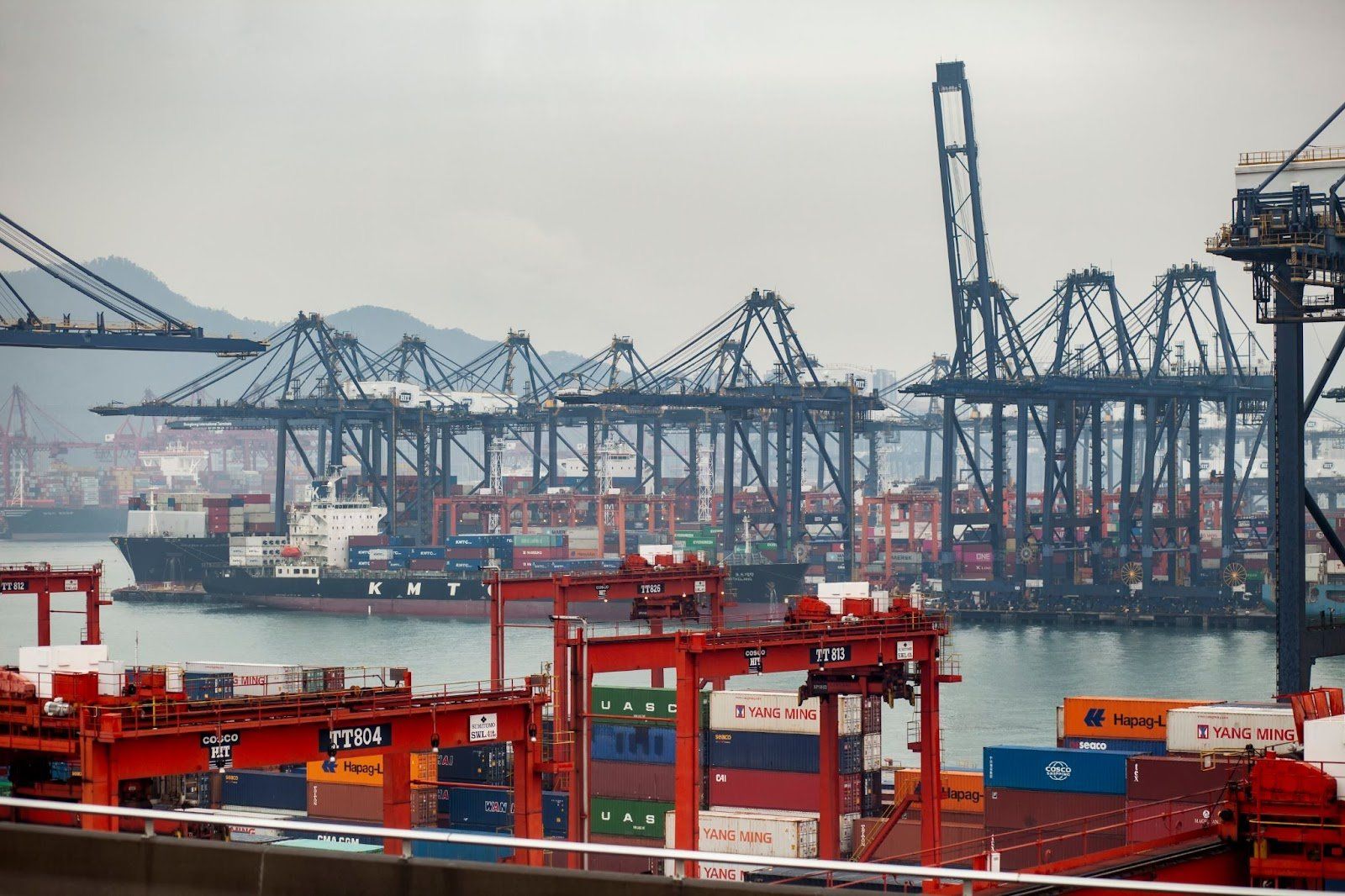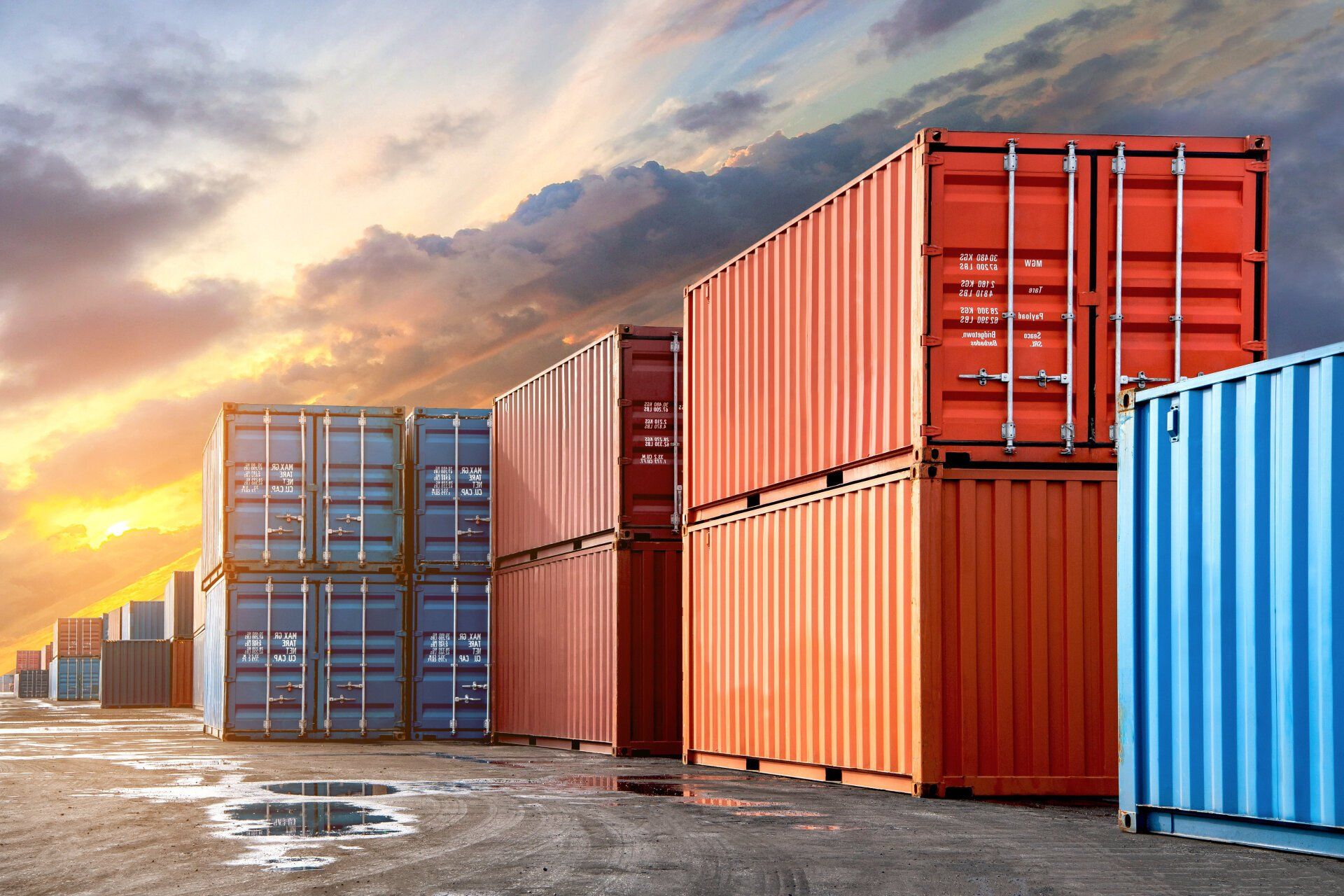10 Tips to consider before building a shipping container home
A common trend in the sustainable living business is the container home. For years now, homeowners and contractors have realized homes and offices can be built using old shipping containers as their base. The appeal of containers is obvious. They are prebuilt structures, with the dimensions of a mid-sized room, ready-made to do with as you please.
Attractive and innovative homes have been designed using shipping containers. Lovely offices and rental properties have been constructed on nearly every continent. Despite their capability, shipping containers aren't the slam-dunk they're often touted to be. Putting them to proper use requires study and research. Like any home building, a great deal of planning must go into designing a shipping container home. The best practices for handling container construction are by no means universal among contractors. There are several things you should know before building a container home. Here are ten good tips to give you a proper start.
1. Examine the containers
It goes without saying you should avoid buying an expensive item sight-unseen. Even in the days of Internet shipping, it's worth a physical inspection if you're talking about building your home. Shipping containers go through a rugged routine. They're lashed by the elements, abused by machinery, ignored by manufacturers and discarded into dumps. A container can be rusted, contaminated, malformed or dysfunctional. You should go over your potential home structure with a fine-tooth comb.
2. Shop around
Not all containers are the same. Most people think of the classic eight-foot rectangles that sit on the backs of train cars. Containers come in many sizes. Some units are cube-shaped; some are more square. Even the rectangles themselves come in different heights. There's also the option of buying a container that has only made one trip. Those units have seen the least amount of service and wear, and they don't cost a lot more than their multi-use counterparts.
3. Know your area's zoning restrictions
You can't build the same everywhere. Not only are codes and regulations differ from country to country, but they also vary widely from one county to the next. One UK builder had to tear down a multi-million dollar project because of planning violations. To make matters worse, some jurisdictions have yet to address container-building regulations at all. Shipping container construction is relatively new. Planning rules may be outdated or too restrictive when it comes to understanding what's necessary for building with containers.
4. Employ a capable contractor
Hire an individual or company that can be a one-stop shop for you. It might take some time. Knowledge of container construction is still uncommon among contractors. Research carefully, and try to find someone with experience. Even if you don't find someone familiar with containers, you may find a contractor with skills that cover all the areas you need.
5. . Plan ahead for utilities
Plan carefully where pipes, wires and fixtures will be. Boring holes and attaching fasteners can be done only so many times before you compromise the structure. Don't guesstimate or unwittingly paint yourself into a corner. Anticipate floor plans and keep safety uppermost in your mind.
6. Cut carefully
Each of the six sides has some load-bearing responsibility. The more you cut, the more you degrade that capability. Steel struts can reinforce a compromised area, but they are expensive and can be unsightly. Make judicious cuts and put holes only where you need them.
7. Insulate properly
Solid steel is hot in the summer and bitterly cold in the winter. Proper insulation has to be a part of your plan to make sure you have manageable climate control.
8. Handle harmful chemicals
Shipping containers are industrial objects. To keep out insects and vermin any number of toxic chemicals may have been periodically sprayed or applied to the container. Even certain packing materials leave a toxic residue. Test your container and have it properly cleaned. Remove any waste materials safely and completely.
9. Compensate for wind
Containers are rigid structures that fight against the wind. That fight produces noise across the surface of a metal sheet. Use baffles and soundproofing to shield your container from the wind. Solid structures like hills and trees can be helpful when it comes to addressing the issue.
10. Spend and save appropriately
Know which costs to avoid and which ones you must embrace. Don't expect to save money on a container home per se. The final cost is sometimes the same (or more) as that of regular home construction. Keep your expenses within reason, but do what you must to make your home as comfortable and attractive as you want it.
Get in touch
CS Containers are a family-based company in Kent. We have over 23 years of experience in the container and shipping industry and cover a range of shipping container requirements, including hiring, buying and selling.
Are you thinking about building a container home or converting an existing container into a new office space? Get in touch with us today for a quote!





